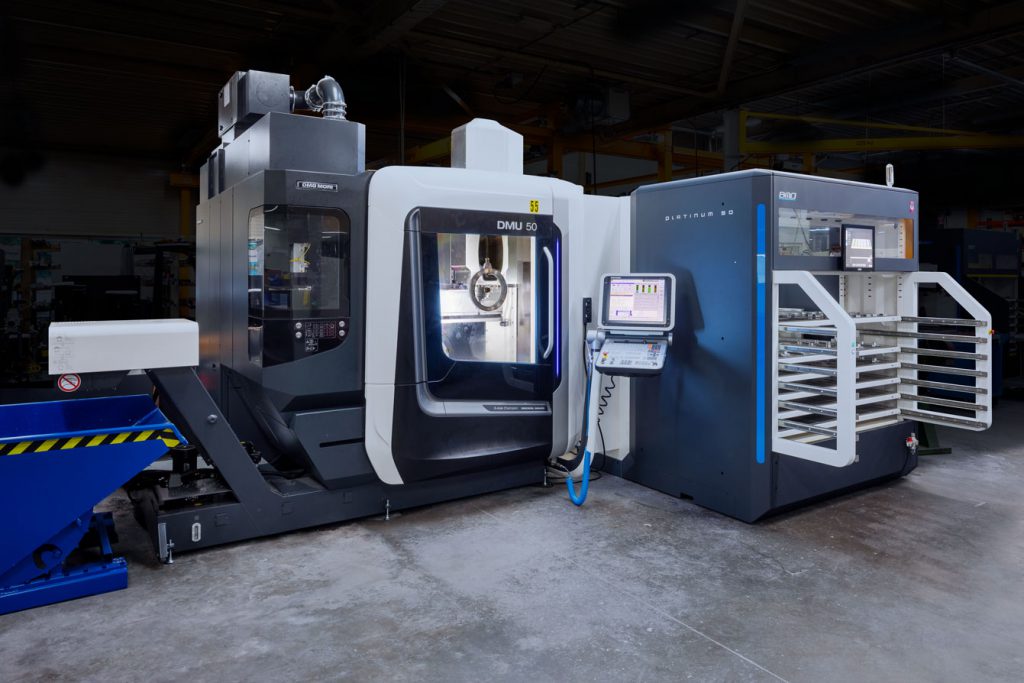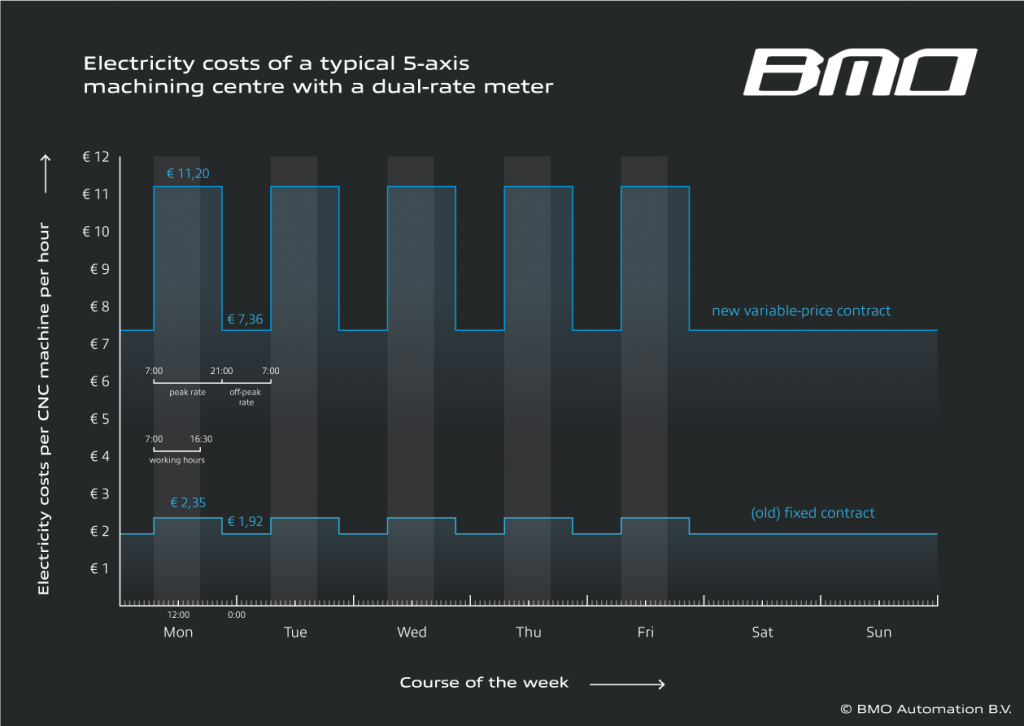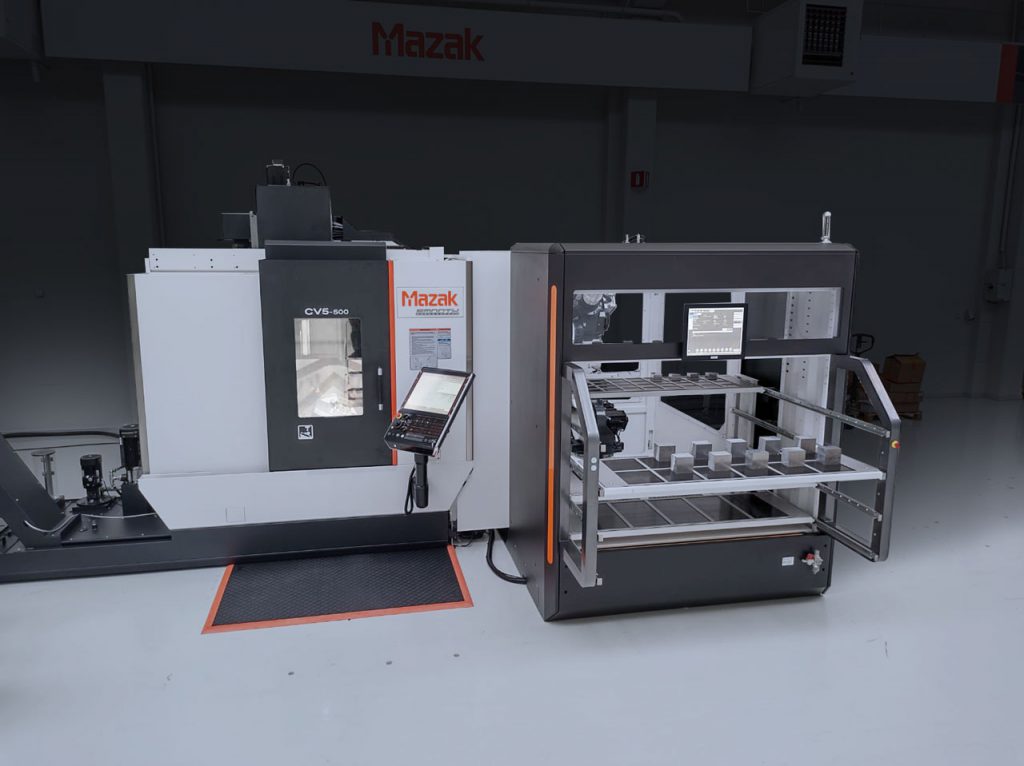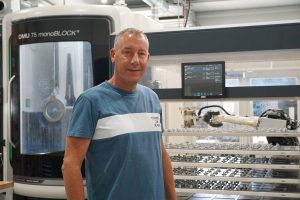Much lower electricity costs by machining during off-peak hours
With electricity costs rising drastically for many machining companies, investing in automation is becoming even more attractive. The cost savings realised by machining during off-peak hours can be so great that they completely offset the cost of the robot. There are even surplus savings each month. These were the conclusions of an analysis by BMO Automation. In the Netherlands and Belgium, there is generally a difference between peak and off-peak electricity rates. In the rest of Europe, BMO advises its customers to discuss the possibilities with the energy supplier.
Many machining companies are shocked by the new electricity rates they will have to pay when their current contract expires. ‘We know of examples of new, variable contracts where prices are rising substantially,’ says Frank Biemans, managing director BMO Automation. The daytime kWh price for electricity is quintupling for many businesses. Also striking in the new contracts is the large difference between peak and off-peak rates. That got the BMO team thinking.
Proactive partnership
Frank Biemans: ‘We always work with customers proactively and have asked ourselves whether, at these higher rates, it pays to shift production to off-peak hours.’ With an older, fixed contract, the difference between the peak and off-peak rates is small: if we look at an average 5-axis machine, an hour of machining during the day costs €2.35 compared to €1.92 after 9 p.m. and during the weekend. With the new prices, during the day you pay €11.20 per hour for the electricity a 5-axis machining centre requires; during off-peak hours the cost is €7.36.
1,600 Euro savings per CNC machine per month
So the difference between the peak and off-peak rates is almost €4 per hour per CNC machine. In the provinces of Limburg and Brabant, the off-peak rate takes effect at 9 p.m. In the rest of the Netherlands, it almost always begins at 11 p.m. The less expensive rate then continues until 7 a.m. Moreover, the off-peak rate applies all weekend long. In Limburg and Brabant, you therefore have 96 off-peak hours per week. BMO Automation started calculating with those 96 hours. That is 420 production hours per month, more than the number of spindle hours many machining companies achieve per machine.
For a CNC machine with a 400V-150A connection running at half load on average, this means that from 2023 the power costs will be €4,704 per CNC machine per month during peak hours. During off-peak hours, the cost will be €3,091.20. By shifting production to off-peak hours, a machining company can save €1,612.80 per CNC machine per month. Suppose the company decides to invest in a robot cell that loads two new or existing milling machines. It will save over €3,225 every month. In comparison, depending on the configuration, the leasing rate for a robot cell from BMO Automation is €2,500 per month.
‘This robot cell fully pays for itself through the cost savings on electricity. There is even a surplus of more than €700 per month,’ says Frank Biemans, explaining the results of the calculation. That can be used to cover the electricity costs for the robot cell, which BMO Automation says are negligible. ‘The servo motors in the robots we use switch themselves off when they are stopped. And the robot is stationary much of the time.’ On top of these savings are the extra hours made available thanks to the robot, which results in additional output.
Automation offers an opportunity
Especially since 80% of Dutch companies have a variable-price electricity contract, it pays to look into this. Frank Biemans realises that this is an average and that, for example, the presence of solar panels on the roof leads to a very different outcome. ‘In the winter, however, these generate just a few percent of the electricity.’ Moreover, he continues to stress that companies should aim for 168 production hours in the week when automating. ‘But that is still a long way off for many companies. So this could be a way to cut costs.’
BMO Automation intends to use this calculation to help machine shop owners control the rise in their electricity bills. ‘Automation offers an opportunity,’ says Frank Biemans. ‘In the future we will have to look much more closely at which hours are best to run the machines. Because if we machine during off-peak hours, it also means less network load during the day. The power grid in parts of Europe is already overloaded, and CNC machines are big consumers.’








